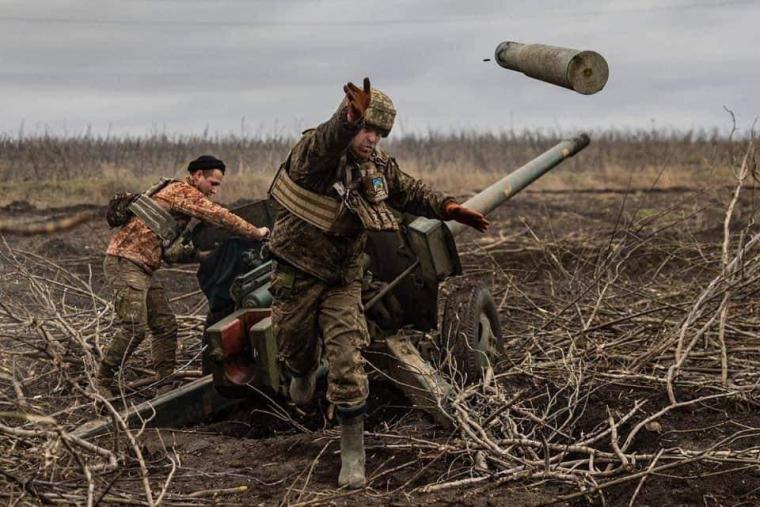The General Staff of the Ukrainian Army has estimated the current need for artillery forces at about 2,000 firearms, assuming that they will fail or be damaged during intensive use and require upgrading.
"In this situation, the Defense Forces of Ukraine cannot afford such a luxury as a complete replacement of Soviet-era systems, as they need money and time to buy new artillery, while the guns are needed to fire "at the moment ", to push back the Russian invasion forces," reports a foreign media outlet.
All the more so because Ukraine actually has what it takes to modernize Soviet weapons to be on par with the systems provided by NATO partners.

The representative of the General Staff, Serhii Baranov, during a briefing, stated that, "the work in this direction of the upgrade continues and is done with research and construction projects within the Armed Forces of Ukraine."
Indeed, there are several ways how Ukraine can upgrade its total artillery after the war with Russia, or even during it. Most promising, is to transform the captured Msta-S SPGs into platforms for carrying 155mm guns.
"Especially since the Russians built this self-propelled system so that the standard 152 mm gun can be detached for the 155 mm," the foreign media reports.
Ukrainian forces decide that it is ineffective and inappropriate to talk only about modernizing Ukrainian artillery when they consider that Ukrainian artillery only fires about 3,600 rounds of all calibers per day, while it should be able to fire at least 11,800 rounds with the weapons available. and this will be accomplished by increasing the number of guns in service.
The US seems to agree with this as the US Center for Strategic and International Studies (CSIS) has published a commentary insisting that the White House and the Pentagon must begin supplying Ukraine with M198 155mm howitzers.
The point the analysts made was this: even if the number of artillery pieces supplied to Ukraine by Western partners and captured as trophies looks large on paper, it is still too few to effectively counter the Russian military. "Especially if we look back at NATO's standards from the Cold War era," they say.

The capacity to carry M777, M109 and L118 shells is almost exhausted. However, there are still 300 to 600 M198 howitzers stored in the U.S., the last of which were placed in reserve as recently as 2006. The starting point could be to repair at least 100 weapons, which would require up to a year and $60 million. It is even urged to start the process "right now" so that the delivery of the repaired howitzers will be on time for the Armed Forces of Ukraine.
Iranian ammunition to the Ukrainian army
It is revealed that the Armed Forces of Ukraine received a batch of 122 mm high explosive OF-462 shells for D-30 shells, which were manufactured in Iran. The timing, as well as the possible quantities of Iranian-made missiles, were not disclosed.

A possible version is that these Iranian D-30 missiles were present among the smuggled weapons intended for the Yemeni Houthis, intercepted by the US Navy in the waters of the Persian Gulf. Since such weapons became, in effect, "surplus military property", they rather quickly and secretly "migrated" to where they were needed for the struggle. That is, in the hands of artillery of the Armed Forces of Ukraine.
Now we have another example of "supply" from Iran: So, another Iranian munition is in the hands of the Ukrainian military, and that is the S-8OF HE-FRAG 80mm helicopter missile, also known as Fadak 2.
The missiles were seen alongside the "Afghan" Mi-17V-5 helicopter, which was supplied to Ukraine by the US as part of defense aid. In addition, the ammunition itself is new: it was manufactured in 2022.
As for the missile specifications: these munitions have a mass of 11.4 kg, of which 3.8 kg is the warhead. Target range is 1,300-4,000 m. Intended for the destruction of manpower and lightly armored enemy vehicles.



